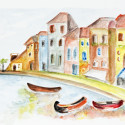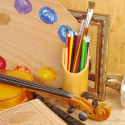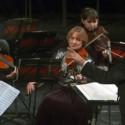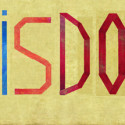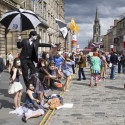About 20 years ago I met a young musician who told me a story I’ll never forget. If you have ever wondered about the value of the arts—especially the process of performing music, dance, or theater, or making visual art—her story shows how the arts provide an opportunity to learn how to live a more creative and successful life.
Why the Arts Matter
